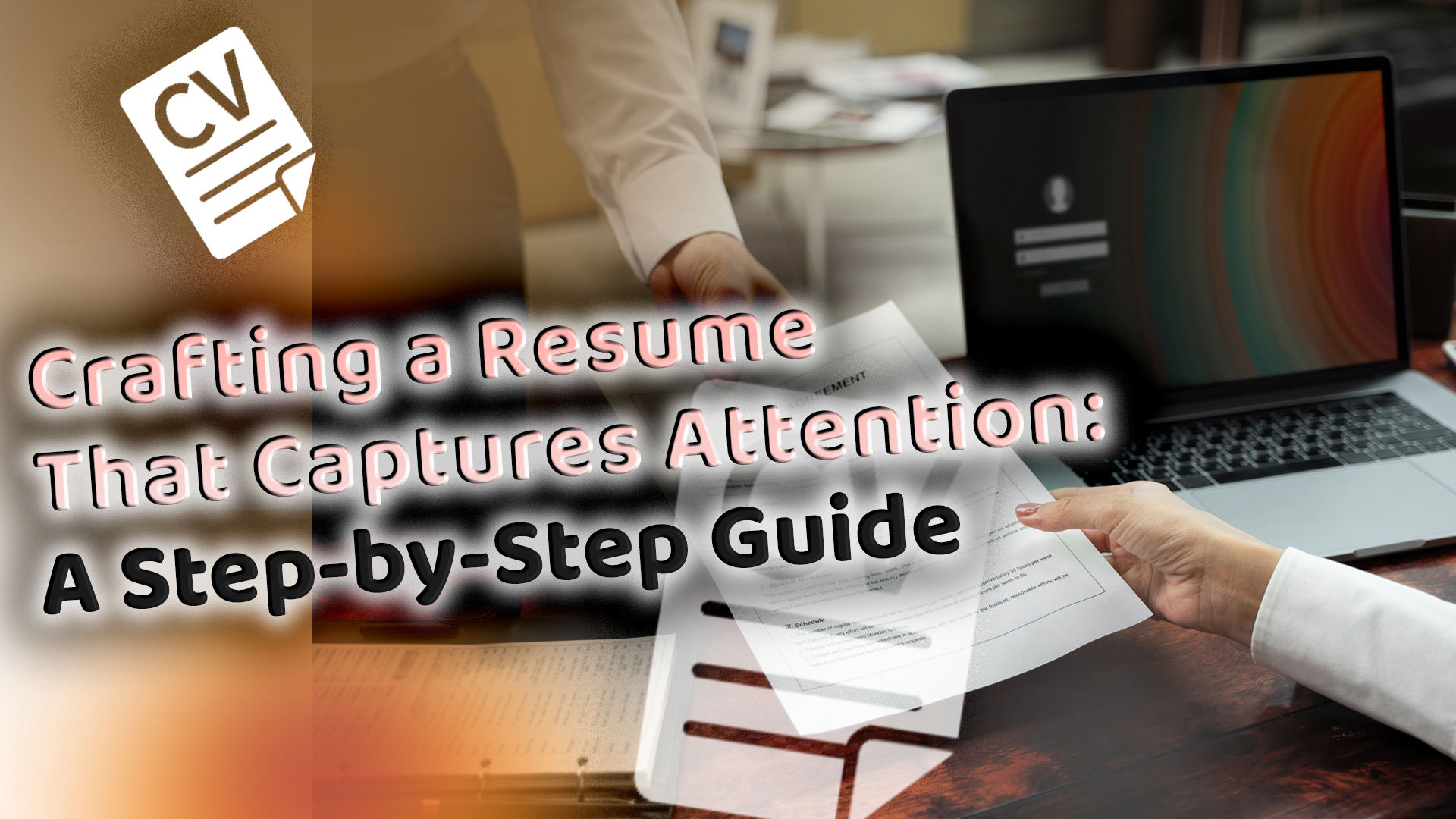In the digital age, the art of job hunting has evolved, and your resume has never been more critical. It’s not merely a document that lists your professional history; it’s a strategic tool that can make or break your chances of landing the job of your dreams. In this comprehensive guide, I’ll take you through the process of creating a resume that not only stands out but also leaves a lasting impression on potential employers.
1. Understand the Purpose of Your Resume
Before diving into the nitty-gritty details of resume writing, it’s crucial to understand its primary purpose. Your resume should serve as a marketing document, showcasing your skills, experience, and achievements in a way that convinces employers you’re the perfect fit for the job. Start by defining your career goals and target audience, which will shape your resume’s content.
2. Choose the Right Resume Format
Selecting the right resume format is your first step towards crafting a standout document. The three main types are chronological, functional, and combination (hybrid) resumes.
- Chronological: Ideal for those with a consistent work history, listing your experience in reverse-chronological order.
- Functional: Focuses on your skills and qualifications, useful for career changers or those with employment gaps.
- Combination: Blends elements of both chronological and functional resumes, emphasizing your skills while providing a chronological work history.
3. Start with a Captivating Summary
Your resume should open with a compelling summary statement. This is your elevator pitch, a concise description of who you are and what you bring to the table. Use this section to highlight your most valuable skills and accomplishments to pique the employer’s interest.
4. Tailor Your Resume for the Job
One-size-fits-all resumes rarely work in today’s competitive job market. Customize your resume for each job application by focusing on the skills and experience relevant to the specific position. Highlight keywords from the job description and align your qualifications accordingly.
5. Showcase Your Professional Experience
The heart of your resume lies in your professional experience. Here’s how to make this section shine:
- Use bullet points to list your job responsibilities and achievements.
- Begin each bullet point with action verbs to convey your impact.
- Quantify your accomplishments with specific metrics and data.
- Prioritize achievements and responsibilities relevant to the job you’re applying for.
6. Emphasize Your Skills
Dedicate a section to your skills, both hard and soft. Technical skills, certifications, and language proficiency are crucial, but don’t forget to highlight your interpersonal and communication skills, adaptability, and problem-solving abilities.
7. Include a Compelling Education Section
Your educational background matters, so provide details about your degrees, institutions, and graduation dates. If you’re an experienced professional, it’s acceptable to place your education section after your work experience.
8. Add Extra Sections for Extra Appeal
To make your resume truly unique, consider including extra sections, such as:
- Professional Achievements: Awards, certifications, publications, and patents.
- Projects: Highlight specific projects you’ve worked on and their outcomes.
- Volunteer Work: Showcase your dedication to causes or organizations.
9. Utilize a Professional Design
Your resume’s visual appeal matters. Choose a clean, professional font, maintain consistent formatting, and use bullet points for readability. Ensure your resume is free from grammatical errors and typos, as these can quickly deter potential employers.
10. Keep it Concise
While it’s important to include relevant details, avoid making your resume too lengthy. Aim for a one-page resume for less experienced candidates and a maximum of two pages for those with extensive experience.
11. Craft an Attention-Grabbing Cover Letter
Your resume often goes hand in hand with a cover letter. Use this opportunity to provide more context, express your enthusiasm for the position, and explain why you’re the ideal candidate.
Conclusion
In the world of job hunting, your resume is your ticket to success. It’s your chance to stand out from the competition, impress potential employers, and secure the job you’ve always wanted. By understanding its purpose, selecting the right format, and tailoring it for each job, you can create a resume that truly captures attention and sets you on the path to career success. Remember, your resume is not a static document; update and adapt it as your career evolves to continue standing out in the ever-evolving job market.






